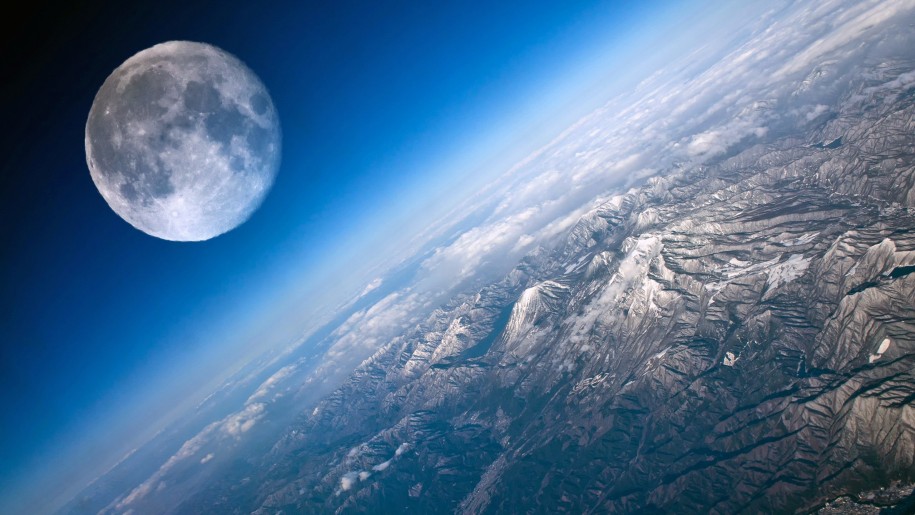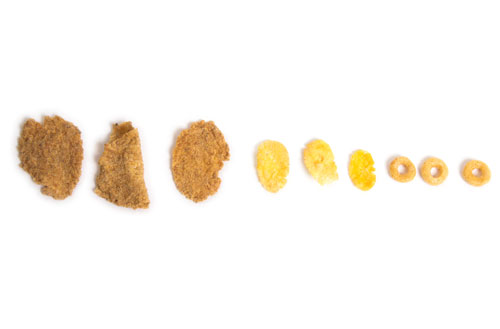Was Moon made from spinning cloud of vaporised rock?

An entirely new theory about the moon’s origins has been proposed by scientists, who say it is a better fit than current ideas about how the Earth’s closest neighbour was formed.
Currently, the widely accepted theory is that the moon emerged when an astronomical body the size of Mars slammed into Earth around 4.5 billion years ago.
This collision is thought to have sent debris flying into orbit around the planet, which ultimately came together to form the moon as we know it today.
That theory has now been challenged by an international team of researchers in a new paper published in the Journal of Geophysical Research: Planets.
“Getting enough mass into orbit in the canonical scenario is actually very difficult, and there’s a very narrow range of collisions that might be able to do it,” said Simon Lock, one of the study’s co-authors and an astrophysics graduate student at Harvard University.
“There’s only a couple-of-degree window of impact angles and a very narrow range of sizes and even then some impacts still don’t work.”
The new idea suggested by the team does not require such a precise impact, and instead involves a synestia – a new type of planetary object first proposed by Mr Lock and his colleague Professor Sarah Stewart in 2017.
These bodies are thought to form when a collision between large astronomical objects results in a spinning mass of molten and vaporised rock.
So the new theory still begins with an impact, but it does not suggest that the moon was formed from a chunk of the Earth breaking off. Instead it suggests that a synestia was formed.
Within a few decades the researchers believe that a “seed”, or small amount of liquid rock gathered off the centre of the synestia’s ring-shaped structure.
As this cooled, vaporised rock in the ring condensed and added to the seed, causing it to grow.
Over time, Mr Lock said that the synestia shrunk and both the Earth and the moon emerged from the vapour.
In astronomical terms, they believe that this happened in a relatively short space of time – over the course of a few hundred years.
“The new work explains features of the moon that are hard to resolve with current ideas,” said Professor Sarah Stewart, a planetary scientist at the University of California, Davis.
“The moon is chemically almost the same as the Earth, but with some differences,” she said. “This is the first model that can match the pattern of the moon’s composition.”
If the moon and Earth both formed from the same cloud of vaporised rock, it would make sense that they are so chemically similar.
Although there are slight differences between their chemical compositions, the main one being the lack of volatile elements such as potassium and copper on the moon in comparison with Earth, this distinction can be explained by the new model.
It suggests the intense pressure and temperature when the moon formed in the synestia would have eliminated volatiles from its composition.
While the researchers are satisfied that their theory provides a convincing new explanation for the moon’s origin, they noted that more work needs to be done to make any firm conclusions.
“This is a basic model,” said Mr Lock. “We’ve done calculations of each of the processes that go into forming the moon and shown that the model could work, but there are various aspects of our theory that will need more interrogation.”


































